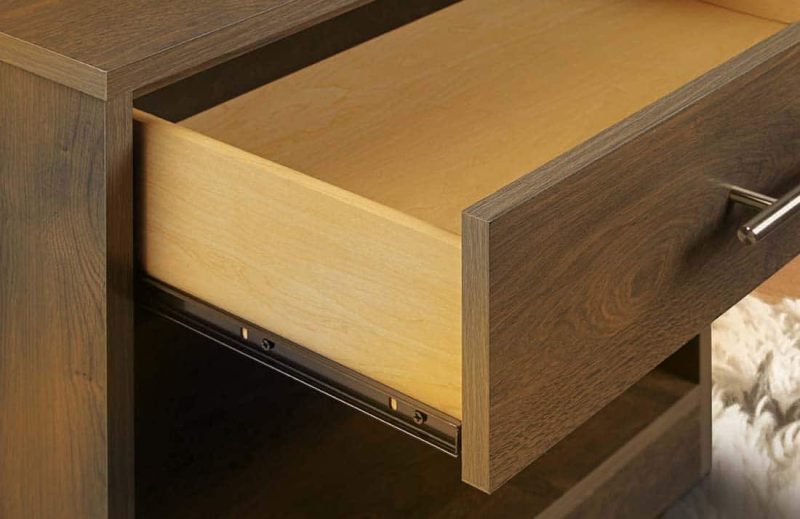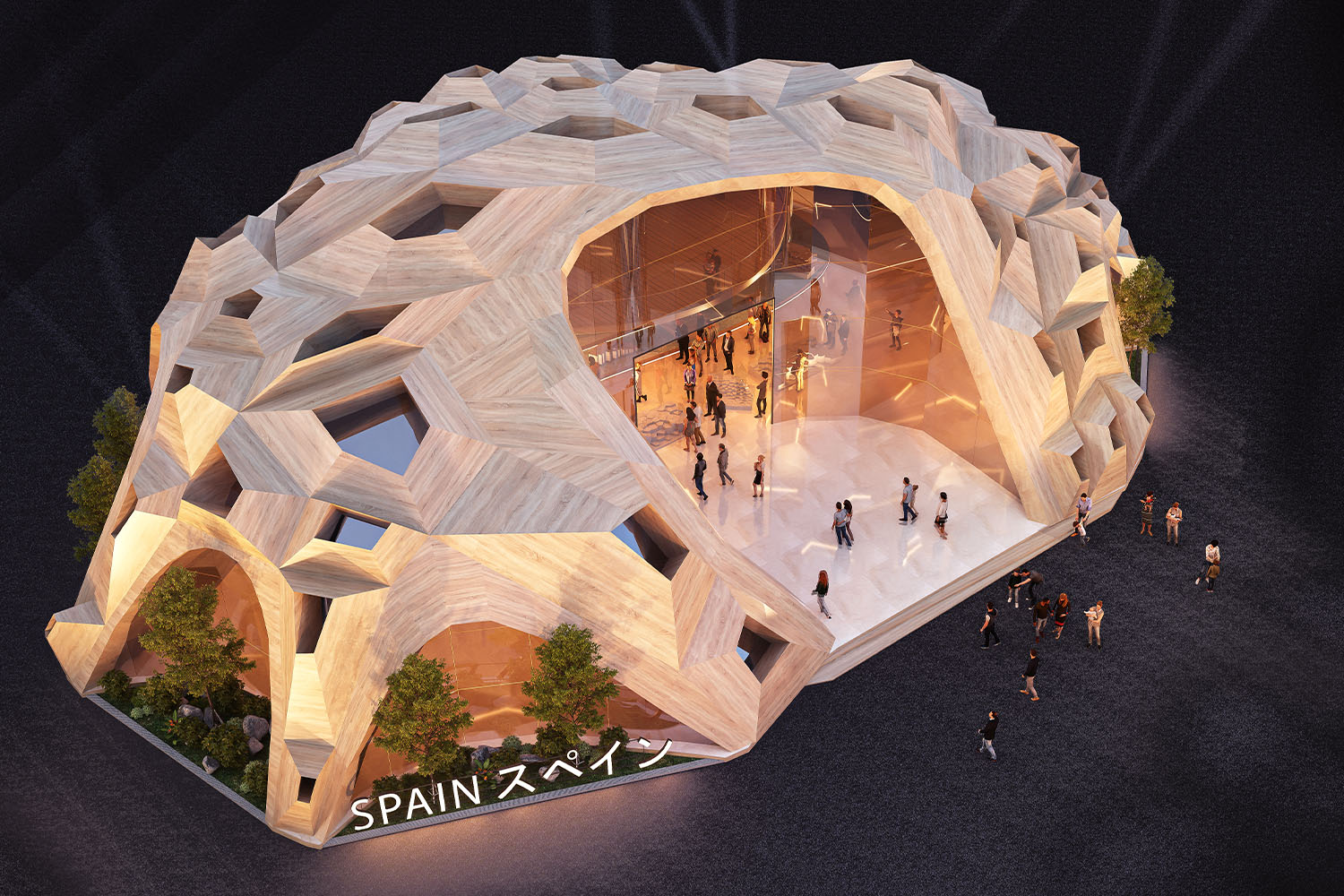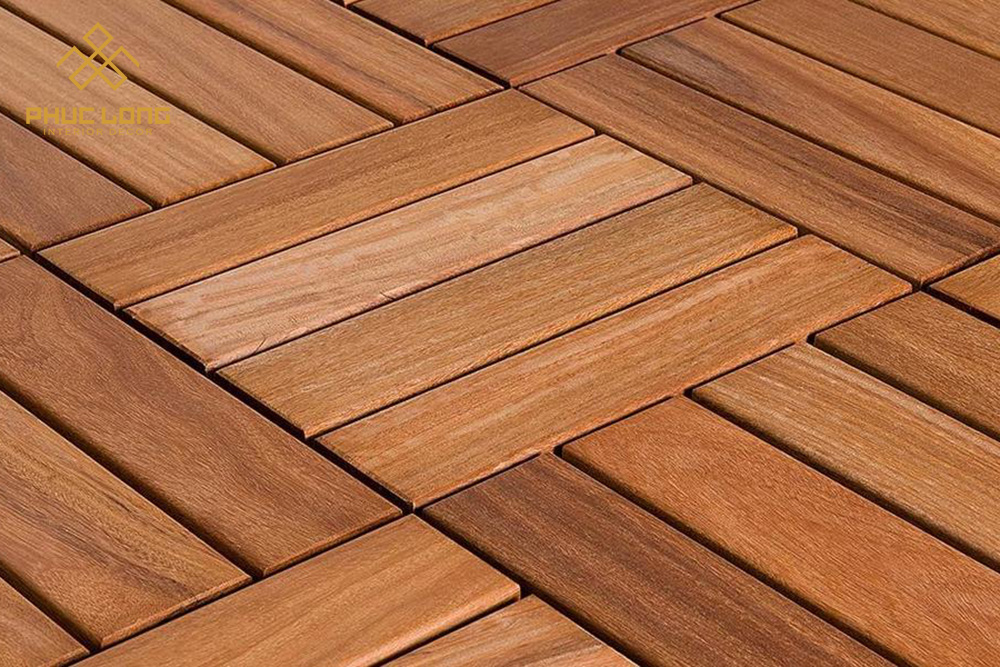Asian hardwood veneer is one of the prominent applications of Asian hardwood. Asia, including Vietnam, consistently ranks among the top countries with vast forested areas and significant wood export volumes worldwide. In this article, VietnamWood will provide more detailed information about veneer made from Asian hardwood.
Read more: The Importance of Wood Veneer Quality
What is Asian hardwood?
Asian hardwood typically refers to hardwood timber species that are native to various regions in Asia. These hardwoods come from trees that shed their leaves annually and are often used for various applications, including furniture, flooring, cabinetry, and more. Some common examples of Asian hardwood species include teak, rubberwood, acacia, and mahogany. These hardwoods are valued for their durability, attractive grain patterns, and suitability for a wide range of woodworking projects.
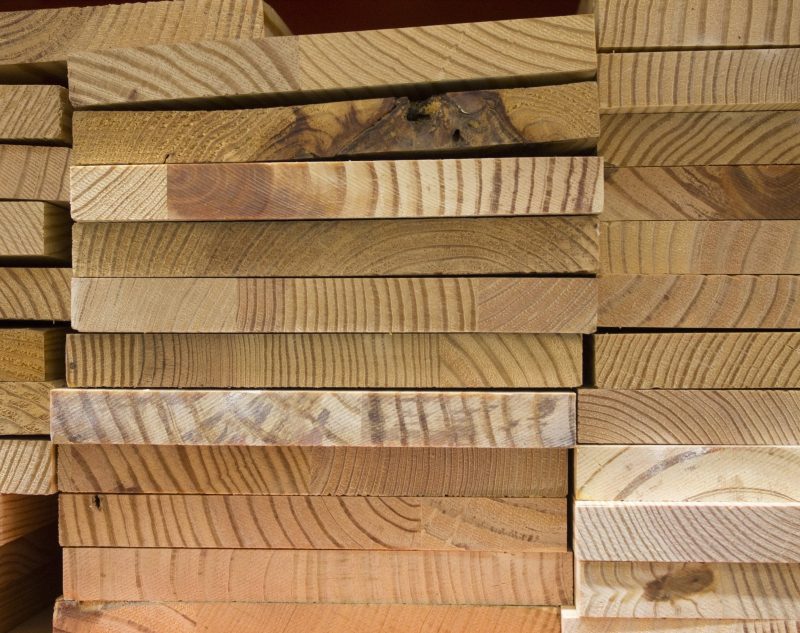
Learn about Asian hardwood veneer
Asian hardwood veneer refers to a thin layer of hardwood derived from Asian hardwood trees, which are used to cover the surface of furniture, cabinetry, or other wood-based products. Veneers are typically sliced or peeled from Asian hardwood logs and are chosen for their attractive grain patterns and color. They are then adhered to a substrate, such as plywood or particleboard, to create a more economical alternative to solid wood.
The use of this type of veneer allows for the preservation of natural resources, as it extends the usability of hardwood trees and reduces the need for solid wood in manufacturing, while still providing the appearance of real wood. Common Asian hardwoods used for veneer include teak, rubberwood, and acacia.
Types of Asian hardwood veneer
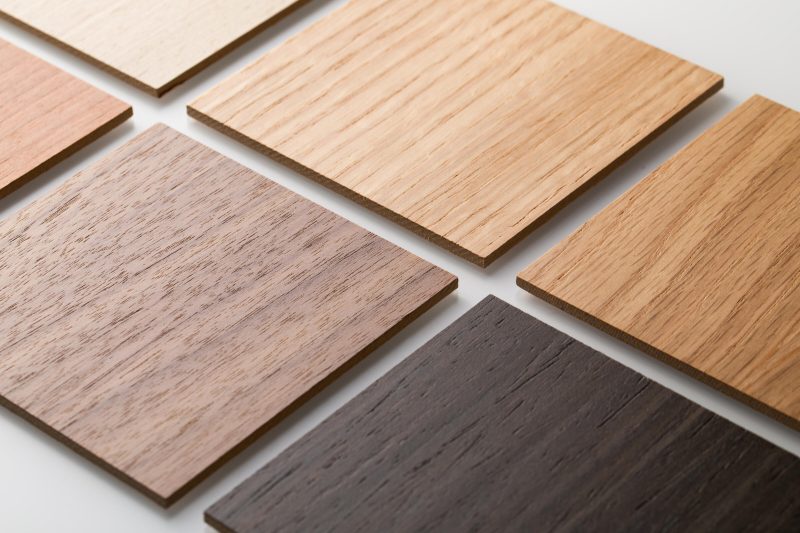
There are various types of Asian hardwood veneers, each derived from different hardwood tree species. Some common types include:
1. Teak Veneer: Teak is a prized hardwood known for its rich golden-brown color, durability, and resistance to decay. Teak veneer is often used in high-end furniture and marine applications.
2. Rubberwood Veneer: Rubberwood, also known as Hevea, is a sustainable hardwood commonly used for veneer due to its light color and grain pattern. It’s often used in furniture production.
3. Acacia Veneer: Acacia veneer comes from Acacia trees and showcases a variety of grain patterns and colors. It’s used in cabinetry, furniture, and flooring.
4. Mahogany Veneer: Mahogany is known for its reddish-brown color and fine grain. Mahogany veneer is used for high-quality furniture and decorative applications.
5. Ash Veneer: Ash veneer features a light color with a distinct grain pattern. It’s used in furniture making, cabinetry, and interior design.
6. Oak Veneer: Oak veneer is available in various types, such as red oak and white oak, and is used in a wide range of woodworking applications.
7. Walnut Veneer: Walnut is known for its dark, rich color and beautiful grain. Walnut veneer is used in high-end furniture and decorative accents.
8. Maple Veneer: Maple veneer offers a light, pale color and is used in cabinetry, furniture, and paneling.
9. Cherry Veneer: Cherry veneer has a warm reddish-brown color and is often used in furniture and high-end interior design.
These are just a few examples, and there are many other Asian hardwood veneer types available, each with its unique characteristics and applications. The choice of veneer type depends on the desired appearance and intended use of the finished product.
Characteristics of Asian hardwood veneer
Asian hardwood veneer possesses a range of characteristics that make it a popular choice for various applications. Some common characteristics include:
1. Attractive Grain Patterns: Asian hardwoods often showcase appealing grain patterns that can enhance the visual appeal of furniture, cabinetry, and other wood-based products.
2. Diverse Color Options: Asian hardwoods come in various colors, from light and pale shades to rich and dark hues, allowing for versatility in design and aesthetics.
3. Durability: Many Asian hardwoods are known for their durability and resistance to wear and tear, making them suitable for long-lasting applications.
4. Workability: It is typically easy to work with, allowing for precision cutting and shaping during manufacturing.
5. Sustainability: Some Asian hardwood species, like rubberwood, are considered sustainable options, as they are fast-growing and readily available.
6. Versatility: It is suitable for a wide range of applications, including furniture making, cabinetry, flooring, interior design, and more.
7. Natural Beauty: The natural beauty of the wood’s appearance and color variations can add warmth and character to finished products.
8. Cost-Effectiveness: It provides the look of real wood while often being more affordable than solid hardwood.
9. Environmental Considerations: Sustainable harvesting practices are becoming increasingly important in the production of Asian hardwood veneer to reduce the environmental impact.
It’s important to note that the specific characteristics can vary depending on the type of Asian hardwood used, as different species have unique attributes. When choosing Asian hardwood veneer, it’s essential to consider the particular requirements and aesthetics of your project.
Application of Asian hardwood veneer
Asian hardwood veneer finds applications in a wide range of industries and projects due to its versatility and aesthetic appeal. Some common applications include:
1. Furniture: It is widely used in the production of furniture, including tables, chairs, cabinets, dressers, and more. It provides a beautiful wood grain appearance without the cost of solid hardwood.
2. Cabinetry: Veneer is used to cover cabinets, creating a high-end look in kitchen and bathroom cabinets, as well as custom built-ins.
3. Interior Design: Asian hardwood veneer is employed in interior design projects for wall paneling, decorative surfaces, and other architectural elements.
4. Doors: Veneer is used to cover door surfaces, providing a natural wood look for interior and exterior doors.
5. Flooring: Some hardwood veneers are applied to engineered wood flooring to create a durable and visually appealing surface.
Compare Asian hardwood veneer with other types
Asian hardwood veneer, like any type of veneer, has its own set of characteristics and advantages when compared to other types of veneer or solid wood. Here’s a comparison of Asian hardwood veneer with some other common types:
Asian hardwood veneer vs European hardwood veneer
| Asian hardwood veneer | European hardwood veneer | |
| Source | Derived from hardwood species native to Asia | Comes from European wood species |
| Appearance | Often features distinct grain patterns and a variety of colors | May have their own unique character |
| Cost | More cost-effective | More expensive |
Asian hardwood veneer vs Solid wood
| Asian hardwood veneer | Solid wood | |
| Cost | More cost-effective | More expensive |
| Stability | Less prone to warping and cracking due to its thin, stable nature | Less stable |
| Aesthetics | Allows for the appearance of solid wood without the limitations of large solid wood panels | Pattern limitations are imposed by the characteristics of a solid wood block |
Where to provide quality Asian hardwood veneer
So, it’s clear that there are various types of Asian hardwood veneer, and each type from different manufacturers has its own characteristics and evaluation standards. Choosing a reliable source of this veneer type can indeed be a challenging and time-consuming task. Understanding this, VietnamWood is ready to assist you and your company in this endeavor.
In this way, you can ensure that the wood veneer you select meets your specific project requirements and quality standards.
VietnamWood has a network of over 1000 wood manufacturing businesses and wood product suppliers within the territory, among them, there are many companies that produce Asian hardwood veneer to choose from to meet your specific requirements and preferences.
Additionally, we can facilitate on-site visits to these facilities to help you make more informed decisions. So, if you’re interested or have any questions, please don’t hesitate to contact us for timely assistance.

